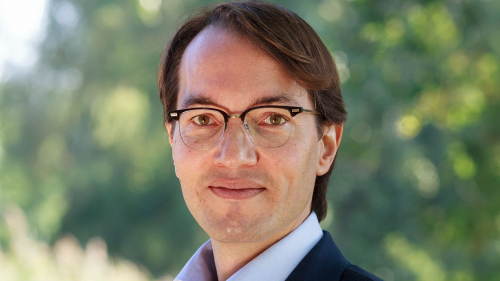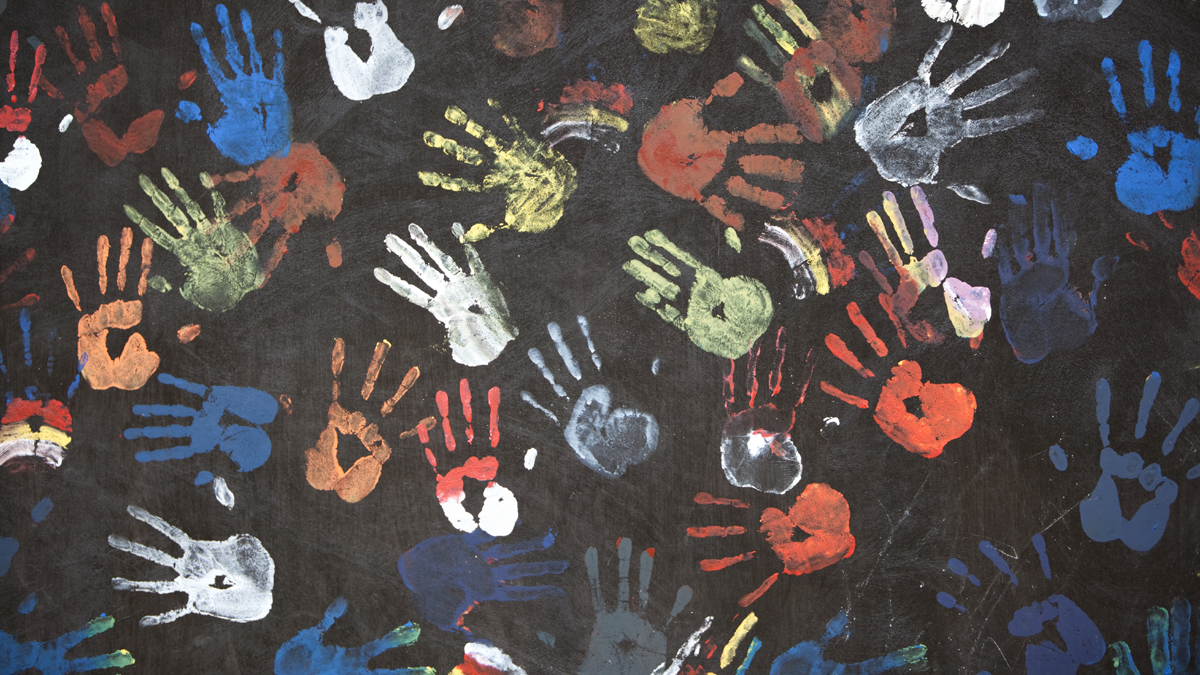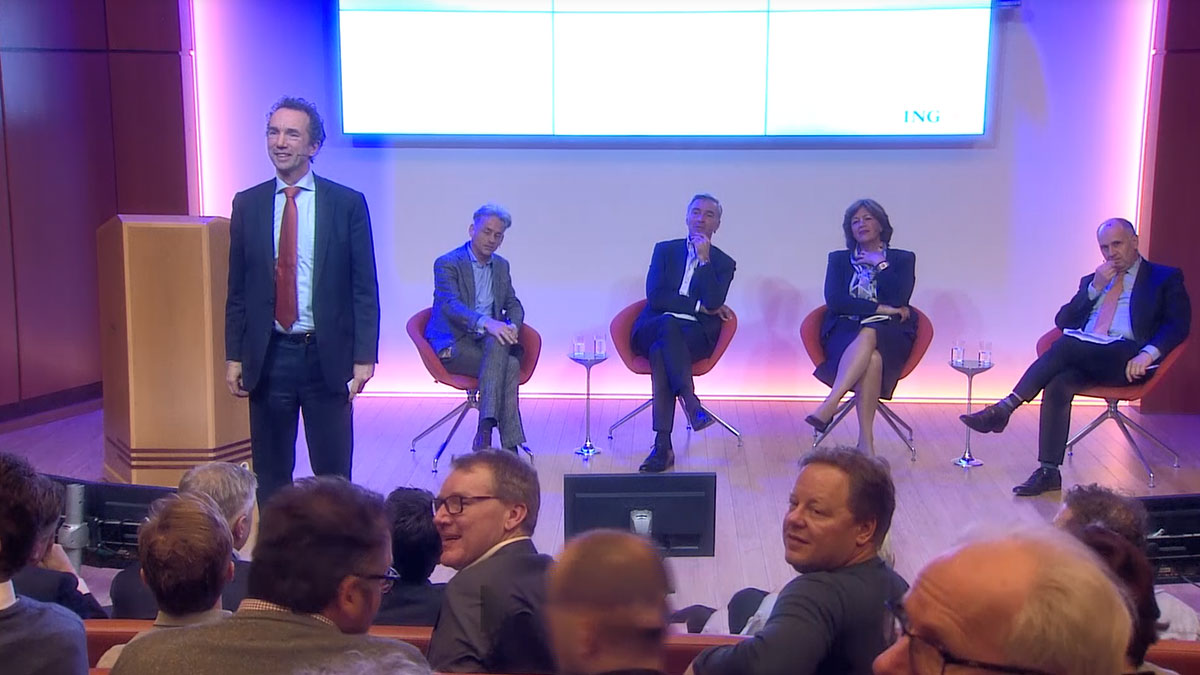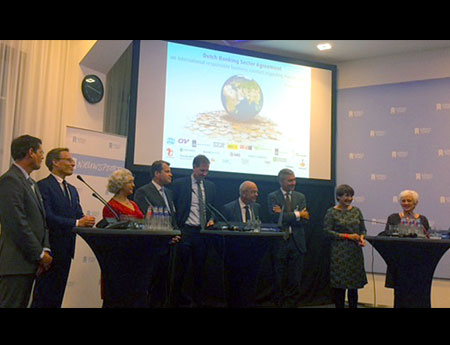Banks and human rights
The outcomes from a series of open conversations with clients are in ING’s latest Human Rights Update (PDF 3,2 MB). The biggest challenge is clear, says ING’s head of business ethics Arnaud Cohen Stuart: tackling the issues in the supply chain.

“Banks have traditionally asked themselves: What puts the bank at risk? Now banks are starting to ask: What puts people at risk?” - Arnaud Cohen Stuart, ING’s head of business ethics
Arnaud Cohen Stuart enters the interview with three pages of notes ready at hand. Preparation is key when you’re the head of business ethics for ING. His job means constantly thinking in dilemmas, navigating the tension between knowing what’s right and doing what’s possible.
ING’s Human Rights Update, published today, gives an update on the steps we’ve taken to improve human rights over the past year, including an engagement pilot with 29 clients (see box-out below).
Here, Arnaud explains more about what surprises the pilot brought us, the ability of banks to make an impact, and where we go from here.
Ultimately, we hope that we can motivate our clients to motivate their suppliers, who will motivate their suppliers, and so on.
- Arnaud Cohen Stuart
It’s a long report. What are the biggest insights?
Banks have traditionally asked themselves: What puts the bank at risk? Now banks are starting to ask: What puts people at risk?
Historically, companies and banks alike take a very commercial approach. Human rights are on the table as part of a business or loan assessment. But this way, we may miss out on the most severe risks to people.
The clients we talked to in the pilot all confirmed that although they may be able to address human rights issues in their operations, issues like child labour remain present in their supply chains. We called on clients to identify these issues and be transparent about them.
I think the first biggest learning was that clients appreciated the fact that we put this on the table. They even call upon the banking sector to provide more clarity on what banks expect from them. Others were happy to share their knowledge and best practices.
What are some of the challenges we face?
We have an understanding of the risks that may occur at a client’s operations, especially when financing specific assets like a mine or railroad. This is part of our daily due diligence on environmental and social risks. But then there’s the whole supply chain behind it.
It is extremely hard to figure out the risks in the supply chains, let alone manage these risks. That’s the biggest challenge for banks, to remove supply chain risks because there are potentially thousands of suppliers of suppliers of suppliers of suppliers... How can we tackle that?
Related to that is the challenge of geography. Banks are headquartered in Amsterdam, NY, or Tokyo – the people being affected are working deep in product supply chains in Africa, Asia or Russia. We’re not on the ground there. That makes it hard to really know what is happening.
We do site visits at client operations, but again, there could be hundreds of suppliers in a client’s supply chain and it’s not possible for us to visit every single one. That’s why we need to work together with governments, civil society organisations and local parties. Ultimately, we hope that we can motivate our clients to motivate their suppliers, who will motivate their suppliers, and so on.
What were some of the surprises from the pilot?
Each year, ING screens thousands of wholesale banking engagements. Companies tend to give formal responses and equal information to all parties involved in a lending transaction. That sometimes limits the depth of the information. Particularly so with general lending.
But the dialogue we had with clients in the pilot project was open and in a safe atmosphere because there wasn’t a loan request on the table. More so, usually we speak to staff in finance, but here we spoke with heads of strategy, sustainability, communications. Very different staff in the company with a very different angle on how they operate. They have the same interests and concerns as us, eager to understand legal and societal developments. We got to learn from each other on another level and got new insights that we otherwise wouldn’t have had.
But what difference can we make, as one bank?
Exactly. In the end it’s about impact, and banks can only do so much. Banks can set conditions to their lending transactions. But if we’re the only one setting conditions, it’s hard to enforce those conditions. Money is a commodity, you can easily buy it elsewhere.
It’s not just banks who need to work together. It’s hard to know which changes will have a positive impact on the ground. And when it’s in the supply chain, our clients themselves may not even know what works. We need to work with parties like NGOs to understand what practices will actually have an impact, and then actually make that impact.
That’s why we appreciate the multi-stakeholder approach of the Dutch Banking Agreement and joint initiatives like the Equator Principles. We will continue incorporating stakeholder views going forward. So it’s about knowledge, network and creating impact together.
The pilot has come to an end. What’s next?
We seek to scale our approach from 29 clients to all of our wholesale lending portfolio in an efficient way. We want to formalise the process where we take external stakeholder views on human rights issues throughout the supply chain into account. As such, we decided to link external human rights data to our client databases.
For example, the Business & Human Rights Resource Centre is an independent organisation that tracks companies’ human rights violations known in the media or from reports, uploads them onto a website, invites the companies to offer their response, and publishes that too. So it’s a very independent claim and response platform that tells about potential human rights risks and how companies respond – whether they are willing to consider the issue and willing and able to address them.
We aim to gather this information and incorporate it in our system, linking to our clients, allowing front office and our specialised environmental and social risk team to engage with those clients on a more proactive basis.
Dutch Banking Agreement
ING joined the Dutch Banking Agreement on human rights in 2016. That has been a catalyst for ING to take the next steps. While we screen thousands of wholesale banking clients and transactions on human rights annually, that doesn’t address the human rights risks in their supply chains. So, we first identified the main human rights risks (Human Rights Report 2018 PDF 9 MB) present in these supply chains: child labour, forced labour and indigenous peoples’ rights. Then we wanted to validate that, not only with NGOs but with our clients themselves.
To do this, we interviewed 29 corporate clients. The conversations soon became broader – about their human rights risks, policies and management systems; risk identification, mapping and track record. This proactive engagement, looking deep into our clients’ supply chains, is a unique approach not taken by other banks. You’ll find more about what we learned in our Human Rights Update 2019 (PDF 3,2 MB).



